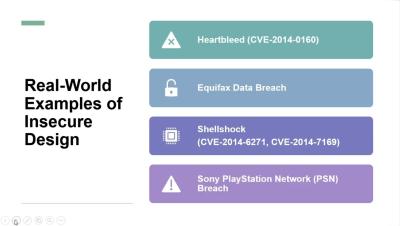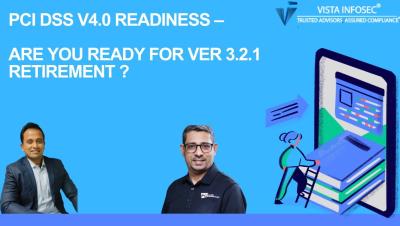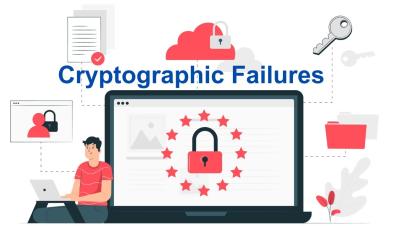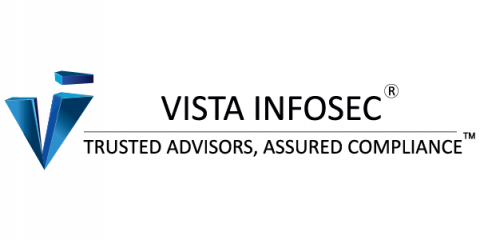A04 2021 Insecure Design | OWASP TOP 10
Welcome to our ongoing series on the OWASP Top 10, focusing on A04:2021 - Insecure Design. In this episode, we delve into the world of insecure design, a critical aspect of application security. You’ll learn what constitutes an insecure design and how attackers can exploit these weaknesses. We’ll walk you through real-world examples of insecure design, helping you understand its impact and the potential risks involved.







